You may think that you don't have any competitors, but every website faces tough competition for web traffic. With a growing global population, there are more websites than ever before vying for attention. That's why it's important to learn from your top competitors. Competitor analysis doesn't have to be complicated. In some cases, a simple approach can be the most effective.
Concept
Competitor analysis is a process of studying your competitors in order to learn from them and improve your own business. This can involve observing things like the technologies they use, their pricing structures, how they keep up with current trends, and more. By taking the time to understand your competitors, you can make better decisions for your own company.
Analyses of the Competition
If you want to be successful in your niche, it is important to know who your competition is. This step might not be needed if you have been in the industry for some time, but it is still recommended to get a fresh perspective. Wipe out your browser cache and launch a private browsing window. Depending on your browser, this might be called something different. For example, Chrome has incognito mode.
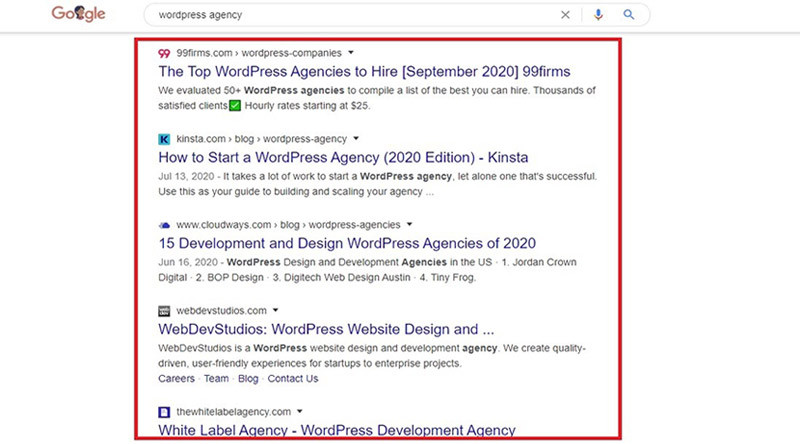
If you're running a WordPress agency, you can get an idea of your competition by doing a few searches with relevant keywords. Look at the URLs of the results and make a list.
You should also be aware of other technical aspects of the competition, like site performance. Knowing how well competing WordPress sites perform can help you improve your own ranking.
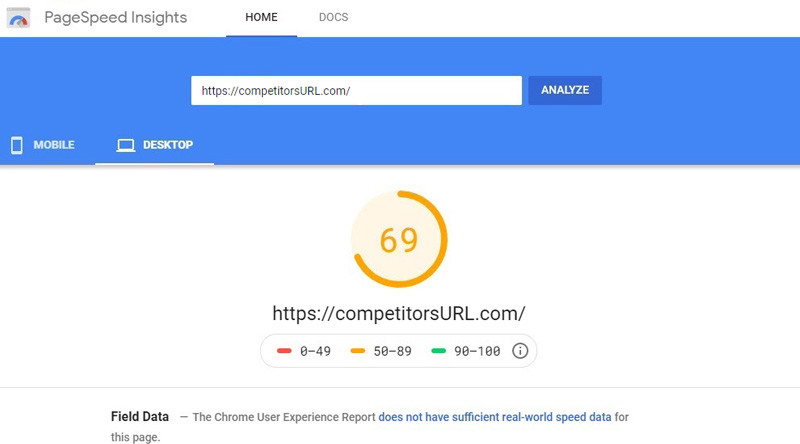
We recommend doing a performance analysis of your website with Google's PageSpeed Insights tool. Just enter your URL and you'll see how Google rates your website's speed. If the speed is too slow, you'll see red bars. This is important for WordPress sites because WordPress isn't always the most efficient in terms of performance. Thankfully, there are many ways to modify WordPress to give small bumps in speed here and there.
If you want your WordPress site to rank highly in search results, you need to put some effort into content analysis. There are various tools available to help with this, such as Ahrefs or SEMrush. While these services typically require a paid subscription, they can be very helpful in identifying opportunities to improve your content. For example, Ahrefs lets you compare your content against that of your competitors and identify keyword gaps.
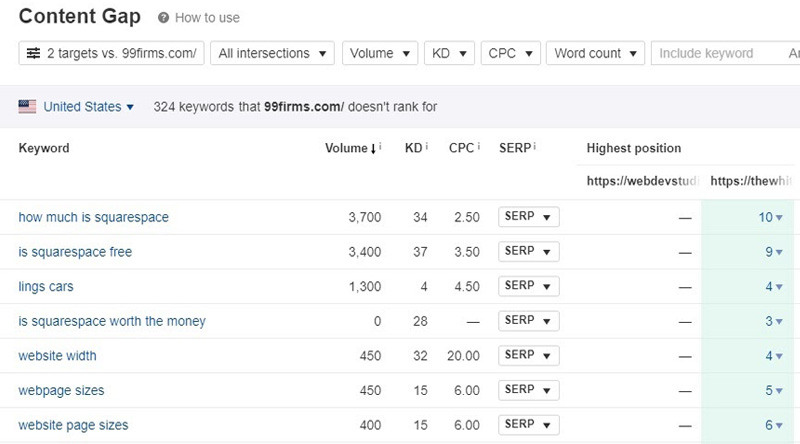
As you can see from the example above, there is a content gap between three WordPress development companies. By using good tools, you can discover the backlinks that your competition is getting and use this information to your advantage. Simply target the same sites that are giving links to your opponents and offer to build a guest post for a prominent site. This will raise your site profile with a prudently buried backlink.
There are a few ways to learn about your competition, one of which is finding out where their traffic is coming from. This can give you some ideas on how to improve your own traffic. For example, if they are getting a lot of social media traffic, you could look into doing the same on other platforms. This could help you close the gap between you and your competitors.
It's important to understand who your main competitors are and what they're doing to be successful. Conducting a personal analysis of their websites can give you insights that you wouldn't be able to get from tools alone. This will help you understand their users' experience, take note of other important details like pricing and visual impact, and learn how they build value for their users. Call-to-actions are a key element of successful website design, so be sure to pay attention to where they're placed on competing sites. In addition to analyzing the text, it's also important to inspect the visuals to see what kind of content is being used (e.g. infographics) and how it's being disseminated (e.g. for link building).
Useful Tools
It's important to understand who your main competitors are and what they're doing to be successful. Conducting a personal analysis of their websites can give you insights that you wouldn't be able to get from tools alone. This will help you understand their users' experience, take note of other important details like pricing and visual impact, and learn how they build value for their users.
Call-to-actions are a key element of successful website design, so be sure to pay attention to where they're placed on competing sites. In addition to analyzing the text, it's also important to inspect the visuals to see what kind of content is being used (e.g. infographics) and how it's being disseminated (e.g. for link building).
WebPageTest
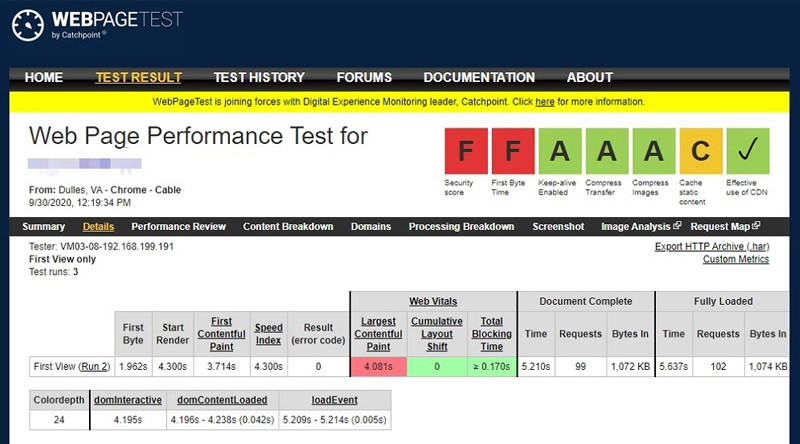
There are many tools available to help you test and improve the performance of your website. WebPageTest is one such tool that provides you with various performance metrics, like load time, time to first byte, page size, etc. By comparing your website's performance with that of your competitors', you can get some ideas on how to further improve your own site. Other similar tools worth considering are Pingdom and GTmetrix.
BuiltWith
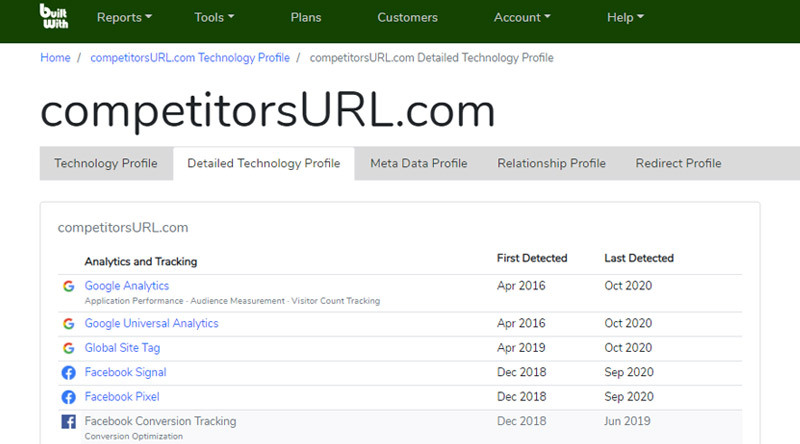
If you're interested in learning more about a WordPress-focused site, BuiltWith can be a helpful resource. Just enter the URL of the site you want to check out, and it will provide a list of details about what it detects is being used. Alternatives like the WHSR Tool can also detect plugins used, as well as other information like nameservers and hosting providers.
Ubersuggest

If you're looking to get an edge on your competition, Ubersuggest is a great tool to help you learn what content ideas they're ranking well for. Just type in a domain name and you'll see the keywords your competitors are ranking well for, as well as the traffic each keyword generates.
Conclusion
As someone who is looking to improve their WordPress site, it is important to understand how to properly analyze your competition. This can be a difficult task, as there is a lot of detail and numerous areas to consider. However, by taking the time to understand your competitor's strengths and weaknesses, you can develop a stronger platform for your own website. Additionally, this is not something that can be done once and then forgotten; it is important to periodically check in on your competition and see how they have changed.

Nadejda Milanova
An experienced Content creator in the field of Search Engine Optimization (SEO) and WordPress. A true proffesional with a Master's degree focused on journalism.
Read more by Nadejda Milanova





